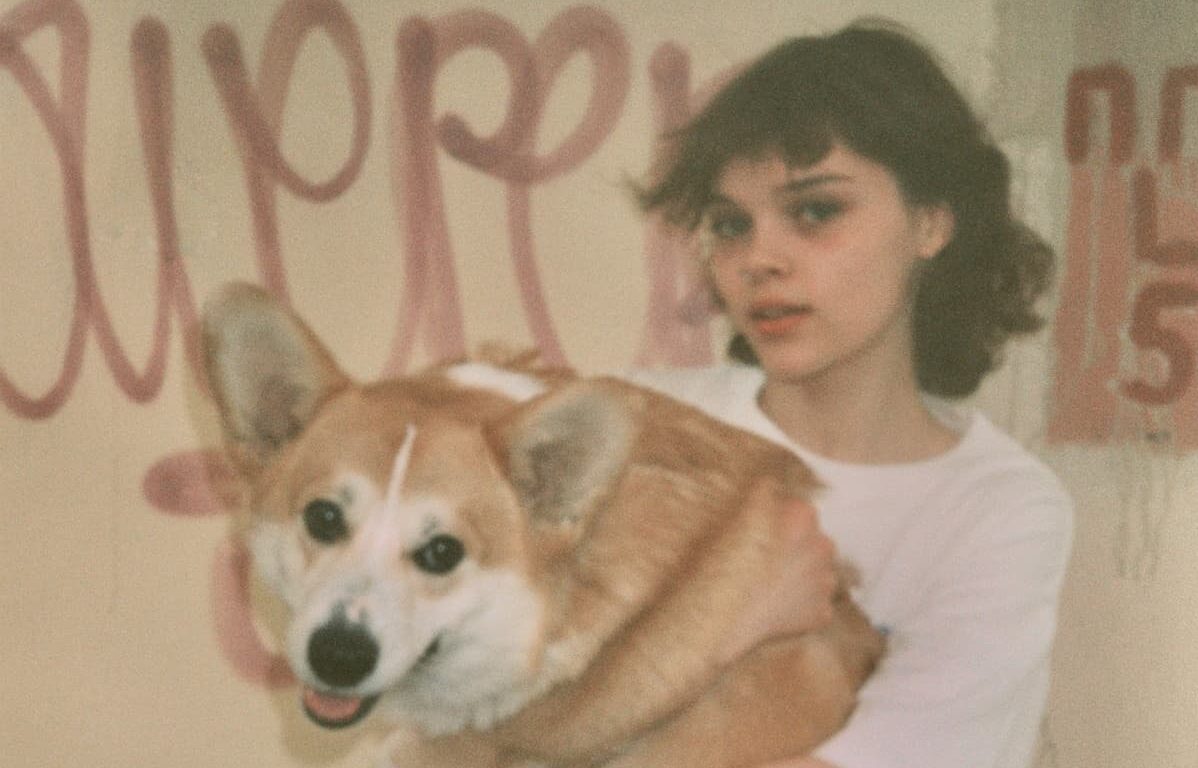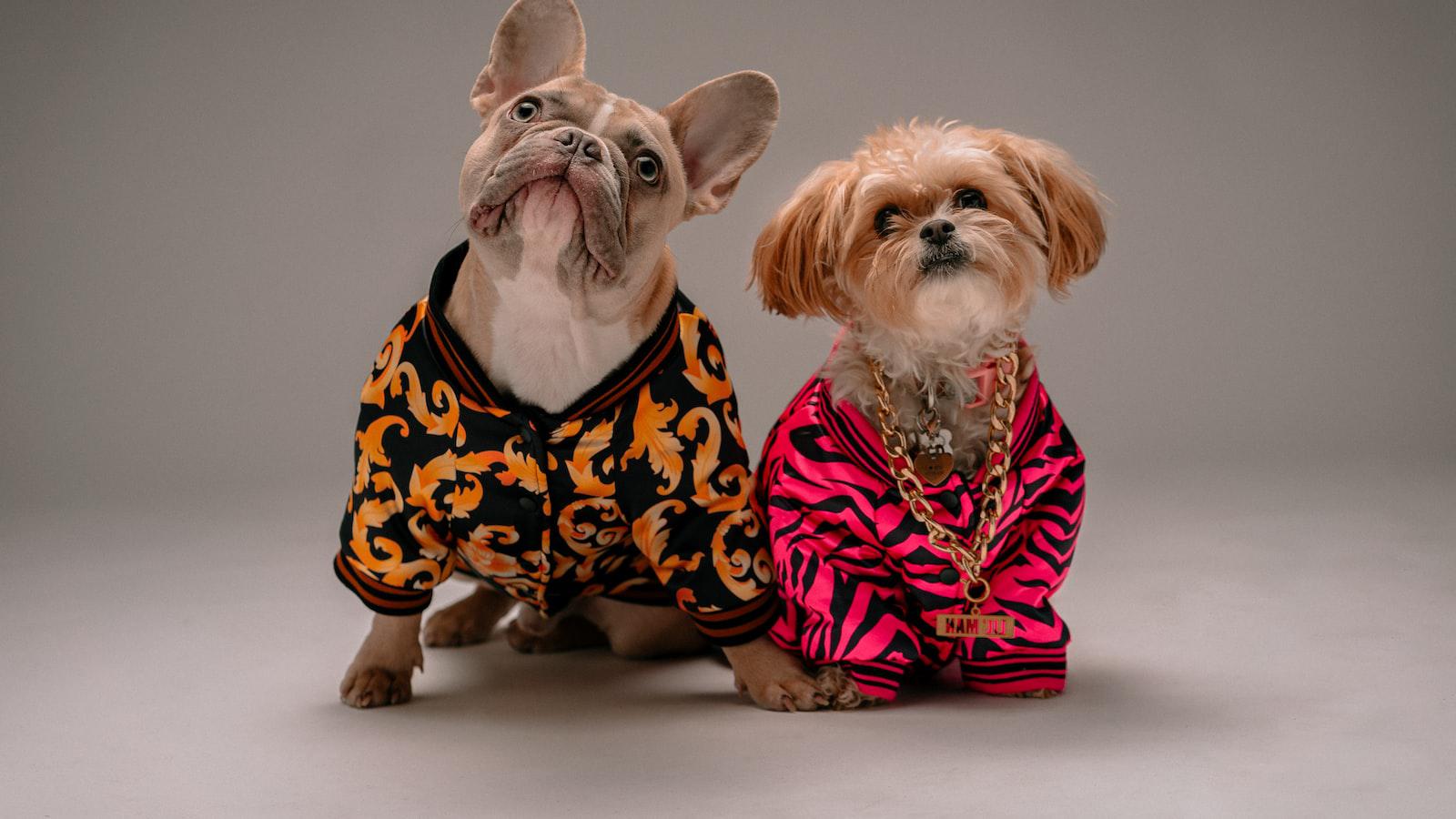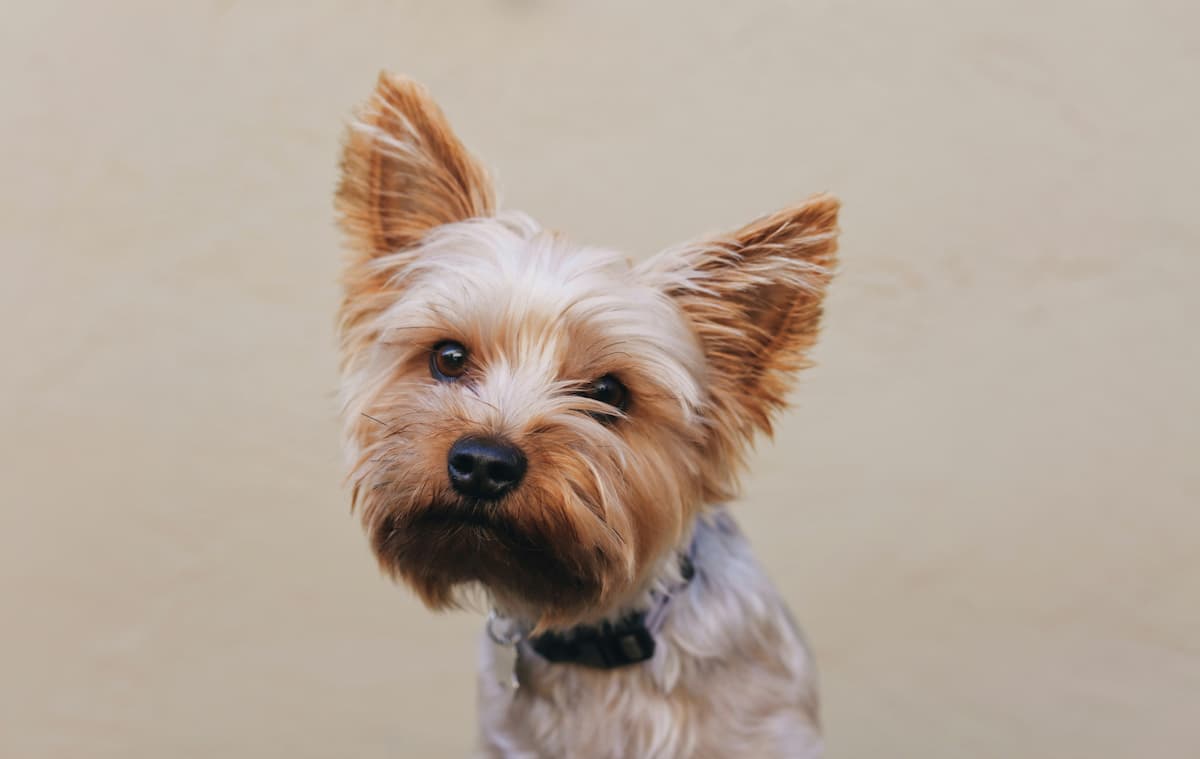Have you ever been hanging out with your furry best friend, only to witness them engaging in a rather peculiar activity?
Perhaps you’ve caught your dog dragging their bottom along the carpet or grass, seemingly without a care in the world.
As strange as it may seem, this behavior is not as uncommon as one might think.
In fact, it’s quite the opposite!
So, why exactly do our beloved pups scoot on their bottoms?
Read on to find your answers.
Decoding Dog’s Scooting Its Bottom Behavior and Preventive Measures
Dogs can bring so much joy into our lives, but sometimes they do things that leave us scratching our heads.
One of those things is scooting on their bottom.
You’ve probably witnessed your furry friend dragging their rear end across the floor at some point, and you may be wondering why on earth they do it.
There are a few possible reasons behind this peculiar behavior.
Let’s explore them one by one:
Anal gland Issues
Dogs have small scent glands located just inside their rectum.
These glands produce an oily substance with a unique odor that helps them mark their territory.
However, sometimes these glands can become impacted or infected, causing discomfort and itchiness.
Scooting on their bottom is their way of trying to alleviate the irritation and release the fluid buildup.
If you notice your dog scooting excessively, it may be a sign that their anal glands need to be expressed by a veterinarian.
Full Anal Sacs
Similar to the anal gland issues, full anal sacs can also lead to scooting.
These sacs are small structures that contain fluid and are located on either side of the dog’s anus.
Normally, when a dog passes a bowel movement, the pressure from the stool helps empty the sacs.
However, if the sacs become too full or don’t empty properly, it can be uncomfortable for the dog, resulting in scooting.
Again, a trip to the vet can help address this issue.
Preventing anal gland problems can save both you and your dog from these uncomfortable and sometimes messy situations.
Here are a few tips to help keep your furry friend’s glands in check:
1. Regular veterinary check-ups: Schedule routine visits with your vet, who can properly examine and express your dog’s anal glands if necessary.
2. Fiber-rich diet: Providing your dog with a balanced and fiber-rich diet can help regulate their bowel movements, reducing the risk of gland impaction.
3. Hygiene maintenance: Regularly cleaning your dog’s rear end can help remove any excess fecal matter that could lead to gland issues.
Use gentle pet wipes or a damp cloth to ensure cleanliness without causing discomfort.
If you’re unable to do it yourself, visit a professional groomer.
Parasites
Another possible cause for your dog’s scooting antics could be a worm infestation.
Certain types of worms, such as tapeworms or whipworms, can cause intense itchiness around the anus.
To relieve the irritation, dogs may resort to dragging their bottoms across the floor.
Regular deworming treatments can help prevent and control worm infections, so make sure to keep your pup’s parasite prevention up to date.
Fleas and ticks can also cause itchiness near the anal area, which can trigger scooting behavior.
Regular veterinary check-ups and preventive measures against parasites can help keep your dog parasite-free and reduce the likelihood of scooting caused by these pesky creatures.
Additionally, ensuring a clean and flea-free living environment for your dog is essential.
Regularly washing their bedding and vacuuming your home can help eliminate any potential hiding spots for these unwanted critters.
Gastrointestinal Troubles
Another common cause for scooting in dogs is gastrointestinal troubles.
Just like humans, dogs can also experience digestive issues, such as diarrhea or constipation.
These conditions can create discomfort and itching in the anal area, prompting your dog to scoot in an attempt to relieve the irritation.
Keeping an eye on your dog’s bowel movements and ensuring they have a healthy and balanced diet can help prevent these gastrointestinal problems and reduce the likelihood of scooting.
Allergies or Skin Irritation
Dogs, just like humans, can develop allergies to certain foods, environmental factors like pollen or dust, or even sensitivities to specific materials they come into contact with.
These allergies can manifest as itchy skin, leading your dog to scoot in an attempt to alleviate the discomfort.
If you suspect that your dog’s scooting is related to allergies, it’s crucial to identify and avoid the allergen as much as possible.
Once the allergen is determined, it’s important to make necessary changes to their environment, such as switching to a hypoallergenic diet or avoiding exposure to certain allergens.
Consulting with your veterinarian can help you determine the best approach for managing your dog’s allergies and minimizing their scooting episodes.
In severe cases, your veterinarian may recommend antihistamines or other medications to alleviate your dog’s symptoms.
Hygiene
Another reason for scooting could be hygiene-related.
Dogs may scoot on their bottom if they have fecal matter stuck in the fur around their anus.
Keeping your dog’s rear end clean and trimmed can minimize the chances of this happening.
Regular baths and grooming sessions are a great way to maintain good hygiene and prevent discomfort for your furry companion.
Additionally, maintaining a healthy diet that supports proper digestion can also contribute to better overall hygiene for your dog.
Remember, if your dog is experiencing persistent itching or discomfort, it’s crucial to consult with a veterinarian.
They can provide a comprehensive evaluation, determine the underlying cause, and recommend appropriate treatment options.
By addressing the root cause of the itchiness and discomfort, you can ensure your furry friend stays happy, healthy, and itch-free.
FAQ
Q: What exactly causes dogs to scoot?
A: Well, there are a couple of common reasons why dogs scoot on their bottoms.
The most frequent culprit is anal gland problems.
Q: What are anal glands?
A: Good question!
Dogs have these small sacs located near their anus, and they produce a smelly substance.
It’s their way of marking territory.
Q: Why do anal gland issues lead to scooting?
A: When a dog’s anal glands become clogged or inflamed, it can cause discomfort or even pain.
Scooting helps them relieve that discomfort by trying to express the built-up fluid.
Q: Can I prevent my dog’s anal glands from acting up?
A: Absolutely!
Regular visits to the vet for check-ups and possible gland expressions can help keep things in check.
Additionally, a healthy diet and regular exercise can promote smooth gland function.
Q: Are there any other reasons why dogs scoot?
A: Sometimes, dogs may scoot due to itchiness or irritation caused by fleas, allergies, or even worms.
It’s always a good idea to rule out these possibilities.
Q: Is scooting harmful to dogs?
A: In most cases, occasional scooting isn’t a big concern.
However, persistent scooting or excessive licking of the area can lead to skin infections or other complications.
If you notice this happening, it’s best to consult your vet.
Q: Can I help my dog if they’re scooting?
A: Definitely!
Keep an eye on their behavior and, if they start scooting, check their anal area for any signs of redness, swelling, or discharge.
If everything looks normal, you can gently clean the area with a hypoallergenic baby wipe.
But if the scooting persists or other symptoms arise, reaching out to your vet is the way to go.
Q: Is there anything else I should know about dog scooting?
A: Remember, while scooting can be amusing to watch, it’s essential to take it seriously.
Understanding the reasons behind your dog’s scooting can help you ensure their health and comfort.
Conclusive Remarks
From pesky parasites like fleas and worms to the uncomfortable sensation caused by impacted anal glands, it seems our four-legged friends have a few valid excuses for their butt-dragging endeavors.
And let’s not forget our furry pals’ instinctive desire to mark their territory or relieve an itch that just won’t quit.
But don’t worry, dog owners!
There are simple steps you can take to address and prevent scooting episodes.
Regular visits to the vet, proper hygiene, a balanced diet, and keeping your pup parasite-free can go a long way in ensuring their bums are happy and itch-free.
And if all else fails, a quick call to your trusted veterinarian can help resolve any lingering concerns.
So, the next time you catch your pooch performing a rather peculiar scooting dance across your favorite rug, you’ll have a better understanding of what’s going on behind the scenes.
Remember, it’s just another quirk in the fascinating world of our canine companions.












